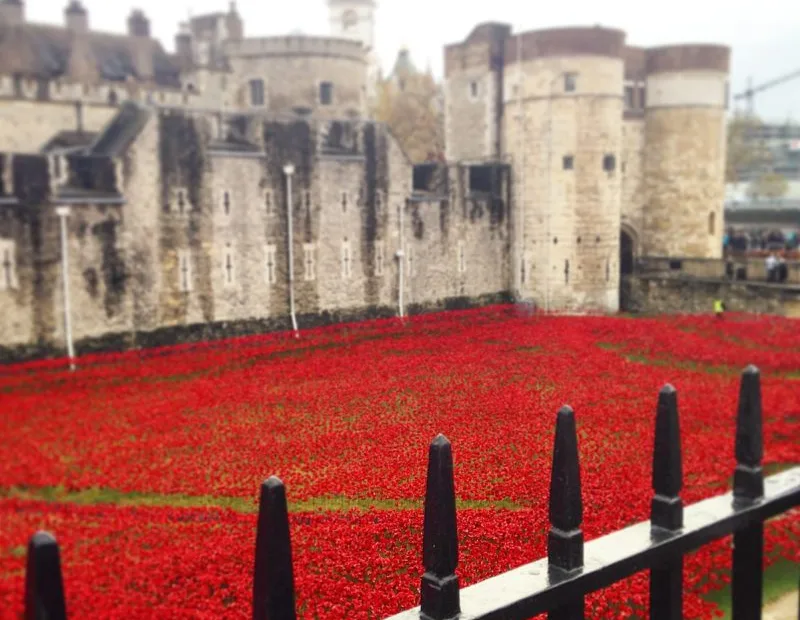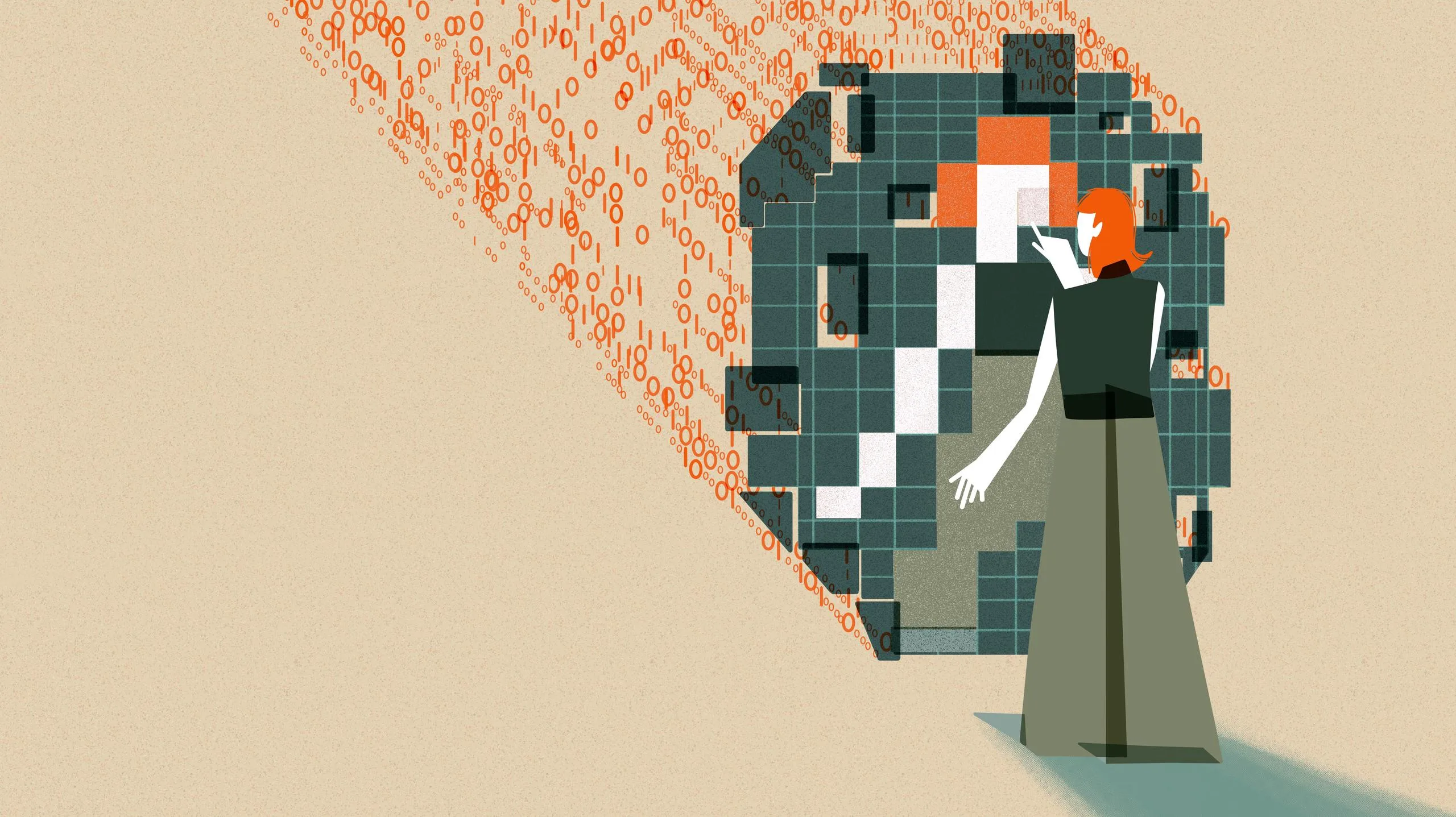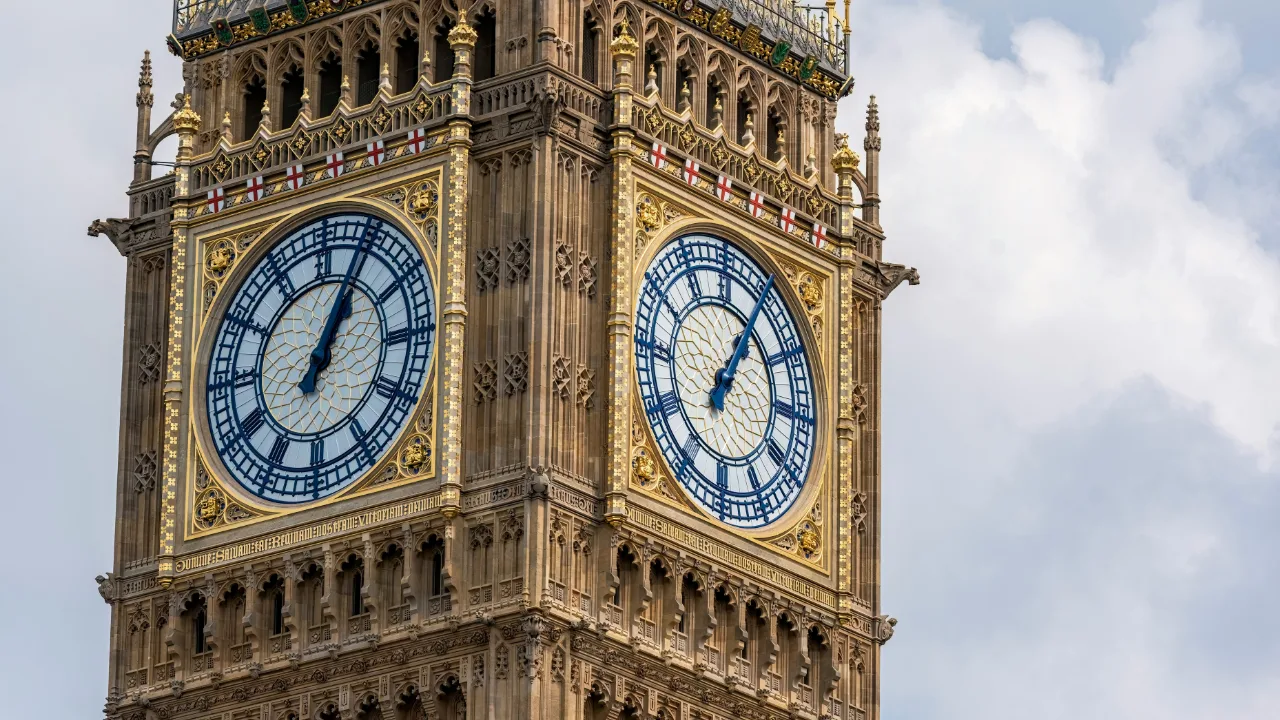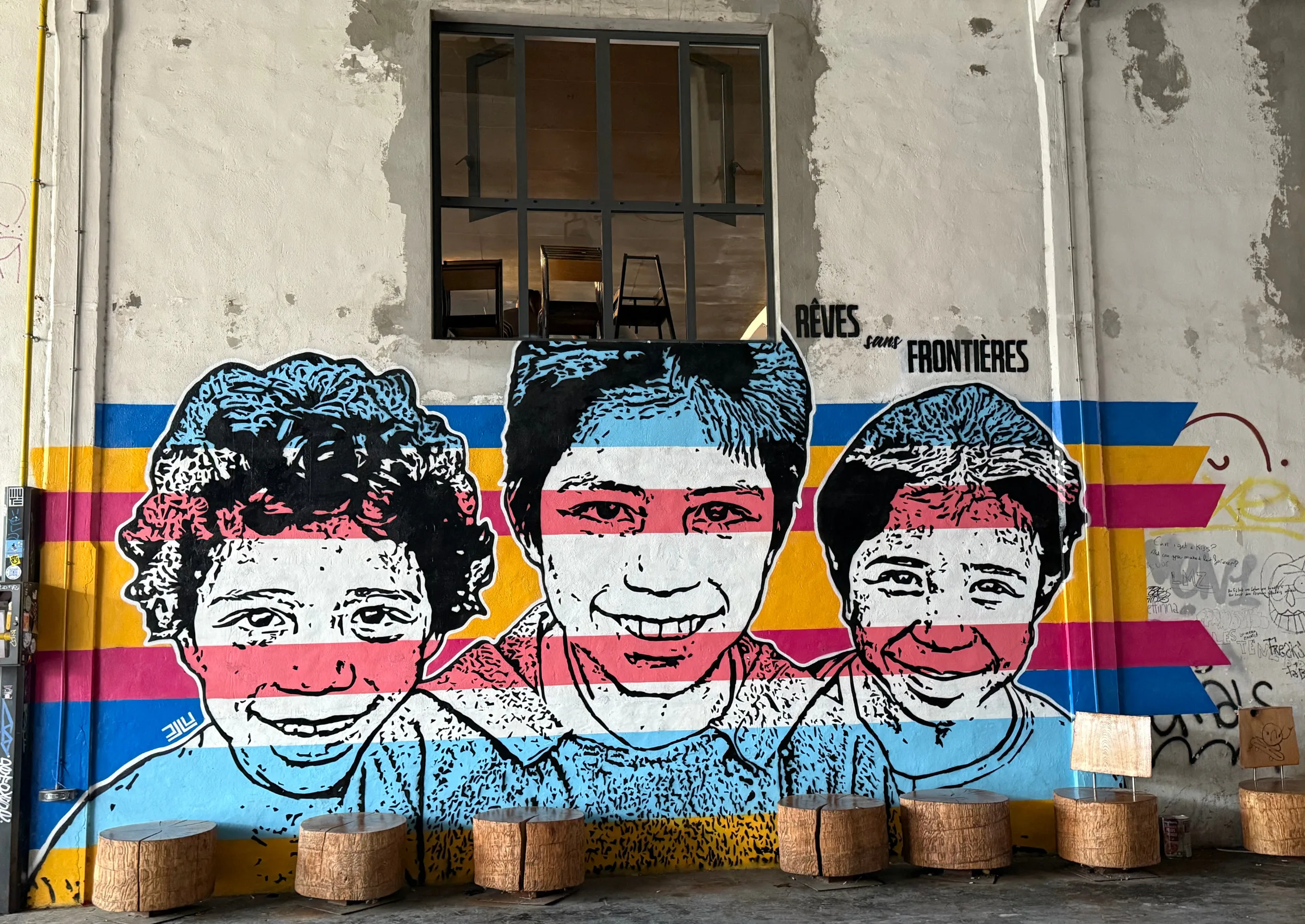What does the nature of a centenary commemoration tell us about collective memory and current social attitudes? How have commemorations changed over time? What are the most appropriate ways to handle the remembrance of traumatic or politically sensitive events?
These are some of the questions that were explored by ‘The Significance of the Centenary’, an AHRC-funded research network, which paved the way for research into the Blood Swept Lands and Seas of Red poppies installation at the Tower of London carried out by Dr. Jenny Kidd (PEC/School of Journalism, Media and Culture at Cardiff University) and Dr. Joanne Sayner (School of Arts and Cultures, Newcastle University).
As the Arts Council of England is drafting its forthcoming strategy Shaping the Next Ten Years, Kidd and Sayner’s work suggests how research into commemoration practices can shed light on some of the issues identified by ACE – ensuring diversity of production, content and publics; increasing accessibility to collections; and understanding and capturing the value of engaging in cultural activities.
As another day of annual remembrance concludes and many of the arms-length institutions charged with commemorating the centenary of the First World War are winding up their work, it seems like a particularly appropriate time to consider the lessons being drawn from five years of commemorative activity.
The recent DCMS report on the centenary of the First World War includes among its ‘highlighted successes’ the installation Blood Swept Lands and Seas of Red, which an estimated five million people visited at the Tower of London in summer 2014 and which became an iconic symbol of the commemorations. The installation was originally commissioned by Historic Royal Palaces and later became part of the 14-18 NOW Government-funded arts programme when two set pieces of the installation, ‘Wave’ and ‘Weeping Window’, began their tour around the UK in the autumn of 2015.
We have been carrying out a research project into the public response to the ‘poppies installation’, in its original incarnation and on tour, which has the advantage of longevity and breath; investigating responses from the opening at the Tower in August 2014 to its close at the Imperial War Museums London and North in September 2019 with seventeen UK-wide venues in between. Like no other piece of research, our work allows us to investigate what the visitors’ responses can tell us about the temporal, geographical and performative aspects of the First World War centenary commemoration and what the implications might be for cultural policy.
The project originally arose from an interest in challenging histories and the co-production of knowledge between academics, civil society groups and heritage practitioners. It later manifested in a number of events as part of the AHRC-funded ‘Significance of the Centenary’ network. This network, funded by the AHRC under its pilot Care for the Future theme, centred on centenaries and anniversaries quite generally, and explored how and why they had become such a focus of the political and cultural landscape, in the United Kingdom at least. Inevitably perhaps, conversations turned to the upcoming centenary of the First World War, for which all the heritage sites represented at the network events were preparing.
One of our partners on the network was the Tower of London (part of Historic Royal Palaces). Little did they suspect at that point that they would become host to the Blood Swept Lands and Seas of Red installation and that this installation would become a lynchpin of the UK’s centenary activity, and perhaps the enduring image of those endeavours. Over the course of the network we worked with colleagues at the Tower to design a series of questions which formed the basis of the Why Remember? programme. We hoped these would encourage visitors to the poppies installation not just to look on and marvel at its scale, but to connect more thoughtfully – and even critically – with remembrance culture more broadly.
The questions were gently provocative:
- Why should we remember the war?
- Why are 100 years so significant?
- How do you want to remember?
They underpinned a vast suite of activities at the Tower of London which accompanied the installation, and were used as the basis of a large scale research survey to which 1488 people responded.
Briefly, that research demonstrated just how hard it is to disrupt ritualised memory discourses. It showed how visitors activated a series of familiar tropes about past conflict in their responses, despite attempts undertaken in recent years to diversify perspectives about the past, and about that conflict in particular. It showed that younger people especially were prone to repeating uncritically the archaisms of ritualised memory discourses.
We wanted to explore these findings further, and to see whether they would be replicated in different geographical contexts as the poppies went on tour around the four nations of the UK. So when Wave and Weeping Window went on tour, so too did our questions. A further 1800 visitors responded to the survey.
In 2018, to mark the close of the national centenary commemorations, Historic Royal Palaces opted again to host an artistic installation, but this time, to do something rather different. Against a changed geo-political backdrop, the creative team made the bold decision not to work again this time with the poppy as a symbol of remembrance, but to use flames instead ‘as an answering call to the darkness of the First World War … a gesture of remembrance, lighting a candle of memory, but also as symbol of hope for a fragile peace’ (Tom Piper, Installation Designer).
In Beyond the Deepening Shadows (BTDS), the musical accompaniment in multiple languages, the performers in the moat, the flames and the shadows, all made for a less comfortable yet more immersive interaction with remembrance. Again we were there with our questions, and are now working through that data.
On the basis of our earlier questionnaire results we decided to use the provocation of BTDS to intervene in the end of centenary debates and to pose some questions about what lessons were being drawn.
The scale of participation in First World War Centenary activities is frequently being used as a marker of success, for example in the DCMS report, and the scale is indeed impressive – 4.6 million people visited the poppies installations on tour. But as any heritage practitioner and teacher knows, participation does not necessarily equate to learning and our research to date gives us pause for thought.
Making the film Why Remember? WWI centenary and public commemoration at the Tower of London – a partnership production between HRP, Newcastle University and Cardiff University, funded by the VOICES of War and Peace WW1 Engagement Centre, has allowed us to reflect on the period of the centenary, what has been learned, and to communicate the results of our research.
In particular, the film encourages us to reflect on a number of questions which we hope will inform conversations about commemoration and remembrance into the future:
- Why is it important to remember now… and how?
- Are anniversaries useful hooks for commemoration… or can they be limiting?
- How can we acknowledge the political dimensions of remembrance… without alienating people?
- How can we acknowledge the geo-political contexts for remembering… without taking sides?
- What kind of emotions are produced through collective remembrance… and what kinds of citizenship do these engender?
We find ourselves now at ‘the end’ of this anniversary, but always and inevitably, moving toward the next, not least because, according to Roland Quinault, as far as the media are concerned, ‘the predictability of centenaries is a godsend’. 2021, for example, will mark the centenary of the creation of Northern Ireland, and policy makers are already mindful to learn the lessons of the WWI centenaries for those of WW2. At a time when there is a tendency to close down questions and draw conclusions, our aim is to open them back up again as part of the reflection on the last five years.
In recognising this commitment to opening up the debate, this is an opportunity for you to become involved. Researchers in the PEC’s area of work in Arts, Culture and Public Service Broadcasting at the School of Journalism, Media and Culture (JOMEC) at Cardiff University welcome your thoughts, comments and suggestions for forging new ways forward.
Related Blogs
What UK Job Postings Reveal About the Changing Demand for Creativity Skills in the Age of Generative AI
The emergence of AI promises faster economic growth, but also raises concerns about labour market di…
Creative PEC’s digest of the 2025 Autumn Budget
Creative PEC's Policy Unit digests the Government’s 2025 Budget and its impact on the UK’s creative …
Why do freelancers fall through the gaps?
Why are freelancers in the Performing Arts consistently overlooked, unseen, and unheard?
Insights from the Labour Party Conference 2025
Creative PEC Policy Adviser Emily Hopkins attended the Labour Party Conference in September 2025.
Association of South-East Asian Nations’ long-term view of the creative economy
John Newbigin examines the ASEAN approach to sustainability and the creative economy.
Take our Audience Survey
Take our quick survey and you might win a National Art Pass.
Culture, community resilience and climate change: becoming custodians of our planet
Reflecting on the relationship between climate change, cultural expressions and island states.
Cultural Industries at the Crossroads of Tourism and Development in the Maldives
Eduardo Saravia explores the significant opportunities – and risks – of relying on tourism.
When Data Hurts: What the Arts Can Learn from the BLS Firing
Douglas Noonan and Joanna Woronkowicz discuss the dangers of dismissing or discarding data that does…
Rewriting the Logic: Designing Responsible AI for the Creative Sector
As AI reshapes how culture is made and shared, Ve Dewey asks: Who gets to create? Whose voices are e…
Reflections from Creative Industries 2025: The Road to Sustainability
How can the creative industries drive meaningful environmental sustainability?
Creating value: the creative economy beyond culture by Marta Foresti
Marta Foresti explains the value of international cooperation as she becomes Chair of the GCEC.












